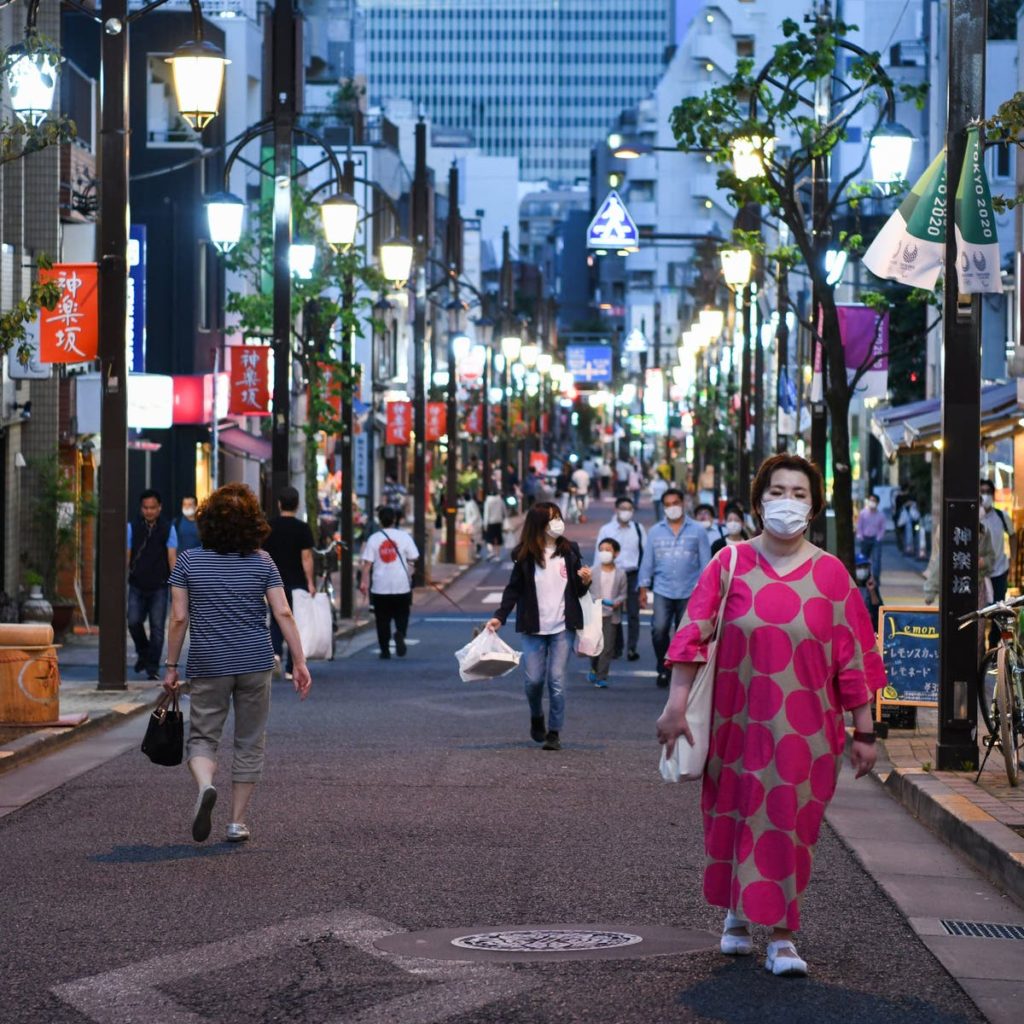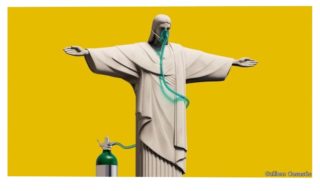
A shopping district in Tokyo on Sunday.Credit…Noriko Hayashi for The New York Times
Japan on Monday ended its state of emergency in the Tokyo area and the northern island of Hokkaido, moves that completed the lifting of nationwide restrictions and ushered in the beginning of a new phase in the country’s response.
The measures were lifted for most of the rest of the country earlier this month after a drop in the number of new coronavirus cases led officials to step back initial requests for most businesses to close and individuals to stay home.
The Japanese government does not have the legal authority to impose a lockdown on the country and had instead asked for the public’s cooperation in curbing the virus’s spread. The state of emergency began in Japan’s urban areas in early April before expanding to the rest of the nation by the middle of the month.
The results were more successful than anticipated, defying predictions that the country’s densely populated capital would experience a disaster comparable to what has taken place in New York. As of Sunday, the country had recorded 16,500 coronavirus cases nationwide and 830 deaths, some of the lowest mortality rates among major economies.
Addressing the nation after the announcement, Prime Minister Shinzo Abe called on the public to continue taking measures to defend against infection, asking them to avoid crowded places.
“We need to make a new normal. Let’s change our thinking,” he said, warning that “We can’t continue to live and work in the way we’ve done until now.”
As businesses reopen, the authorities and medical experts counsel that the country must remain vigilant against the threat of a second wave, which could quickly undo progress in controlling the coronavirus’s spread.
While Japan’s case count is low, it has also carried out much less testing than other countries, raising anxiety that there could be a reservoir of undiscovered asymptomatic cases in the country.




